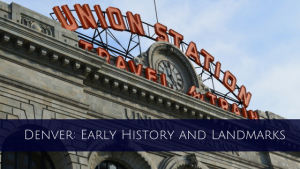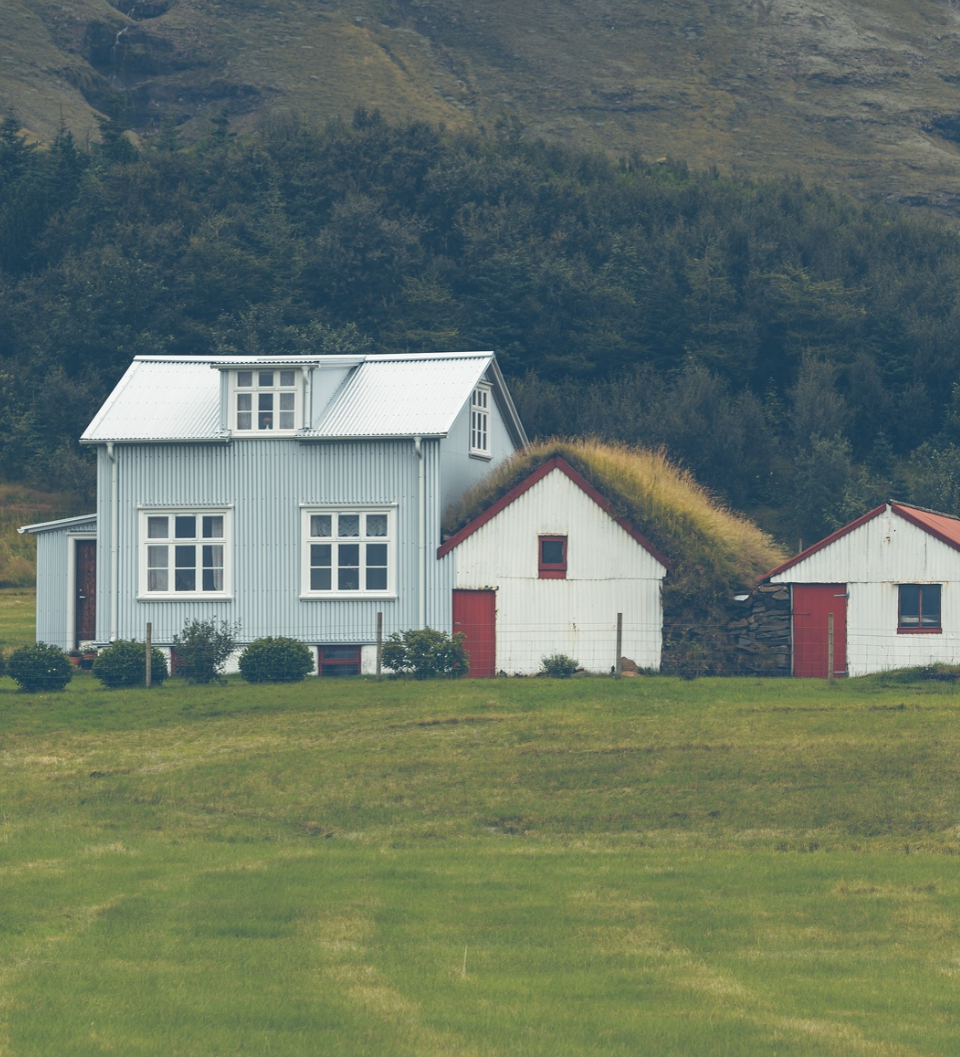Questions? Let's Talk: 877.762.4375
Questions? Let's Talk: 877.762.4375

Though visitors and residents experience the booming city of Denver as it is today, it certainly wasn’t always this way. What once stood as a small urban hub amidst rural farms is now one of the most popular and exciting cities in the U.S. Though it has made a vast transformation, the Mile High City still offers glimpses into its rich history through many interesting landmarks.
With a location on the banks of the South Platte River and at the foothills of the Rocky Mountains, Denver began as a small gold mining town. Only nine years after the California Gold Rush, prospectors from Georgia discovered gold at the base of the Rocky Mountains in the summer of 1858. This small discovery spurred a huge influx of people moving west to join in the Gold Rush. By November 1858, Denver was founded. Gold prospectors panned the sands of Cherry Creek and the South Platte River, but the gold eventually disappeared. Denver then became a main hub for mining supplies and grew quickly. It became the county seat of the Arapahoe County and later, the state capital. With a rail line from Cheyenne to western Kansas that passed through Denver, more and more people landed in the Mile High City. After WWII, the oil and gas companies sparked a skyscraper boom, creating a real downtown in Denver. Denver and its surrounding suburbs expanded quickly. From then until now, Denver has blossomed into a large, bustling metropolitan city with many modern aspects that draw in visitors and residents. If you want to get a sense of the city’s history as you explore Denver, there are many places worth visiting. Read on for some of Denver’s earliest landmarks to explore:
What better place to experience Denver’s history than where it started? Confluence Park marks the spot where, in 1858, prospectors spotted specks of gold in the water where South Platte River and Cherry Creek meet. This discovery helped turn Denver into the booming city that it is today. Confluence Park is located in the LoDo area and includes many ways for Denverites to get outside and be active. With concrete trails to walk, run, and bike, and grassy areas and benches to picnic, Confluence Park offers residents a little escape from city life. On the eastern edge of South Platte River, there are popular kayak chutes that many city residents take advantage of. With beautiful downtown Denver views, this park is the perfect spot to connect with Denver’s history while enjoying the fresh air.
Another Denver landmark to visit for a glimpse of history is Union Station, also located in the LoDo neighborhood. Built in 1881, this station was the arrival point for settlers and visitors. After a fire in 1894, the station was rebuilt and remained the central hub of Denver transport. Denver’s Gove & Walsh architectural firm designed the station in the Beaux-Arts style you see today. This station has had several U.S. presidents move through its portals as Dever made its transformation to the city it is today. In 2014, Union Station underwent a large renovation, making it, once again, a central spot for Denverites and visitors to explore and enjoy. With new shops and restaurants, as well as a luxury hotel, Union Station, like the city itself, has undergone a transformation but still retains its connection to the past.
Only about 1.5 miles from Confluence Park lies another rich piece of Denver’s history. The Brown Palace Hotel, established in 1892, is the second oldest currently operating hotel in Denver. In the late 1800s, many travelers flocked to the West in the Gold Rush. When these travelers stopped in Denver, many were looking for a place to rest. Henry Cordes Brown opened the grand hotel and spared no expense in its luxurious design. He hired architect Frank E. Edbrooke to design the hotel. Over the years, the hotel has become a beloved landmark in the Mile High City and offers tours of other historical place throughout the city.
There are many unique landmarks that reveal evidence of Denver’s great history. One only needs to start exploring to get a taste of the past. If you’d like to experience Denver’s roots, head to these three landmarks that mark the start of the city’s growth.
Will be happy to respond
